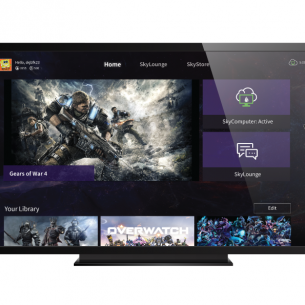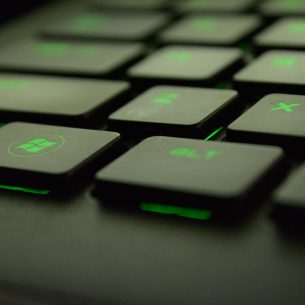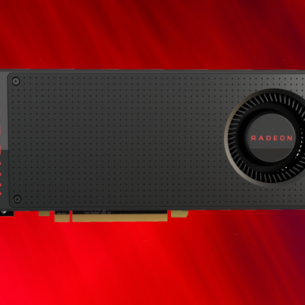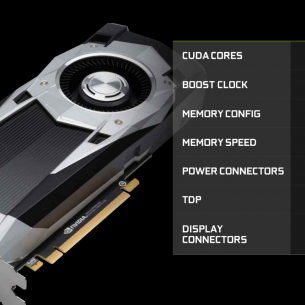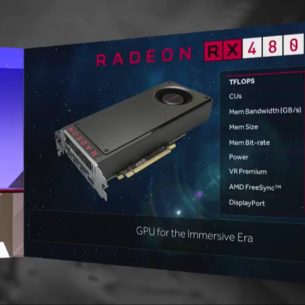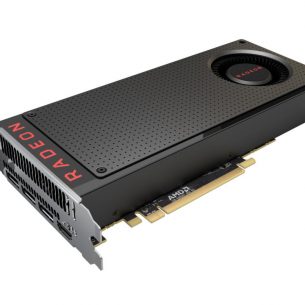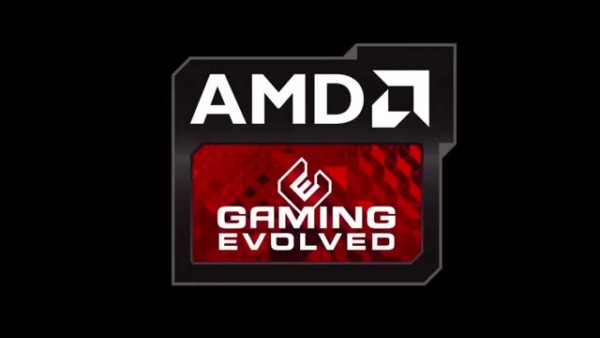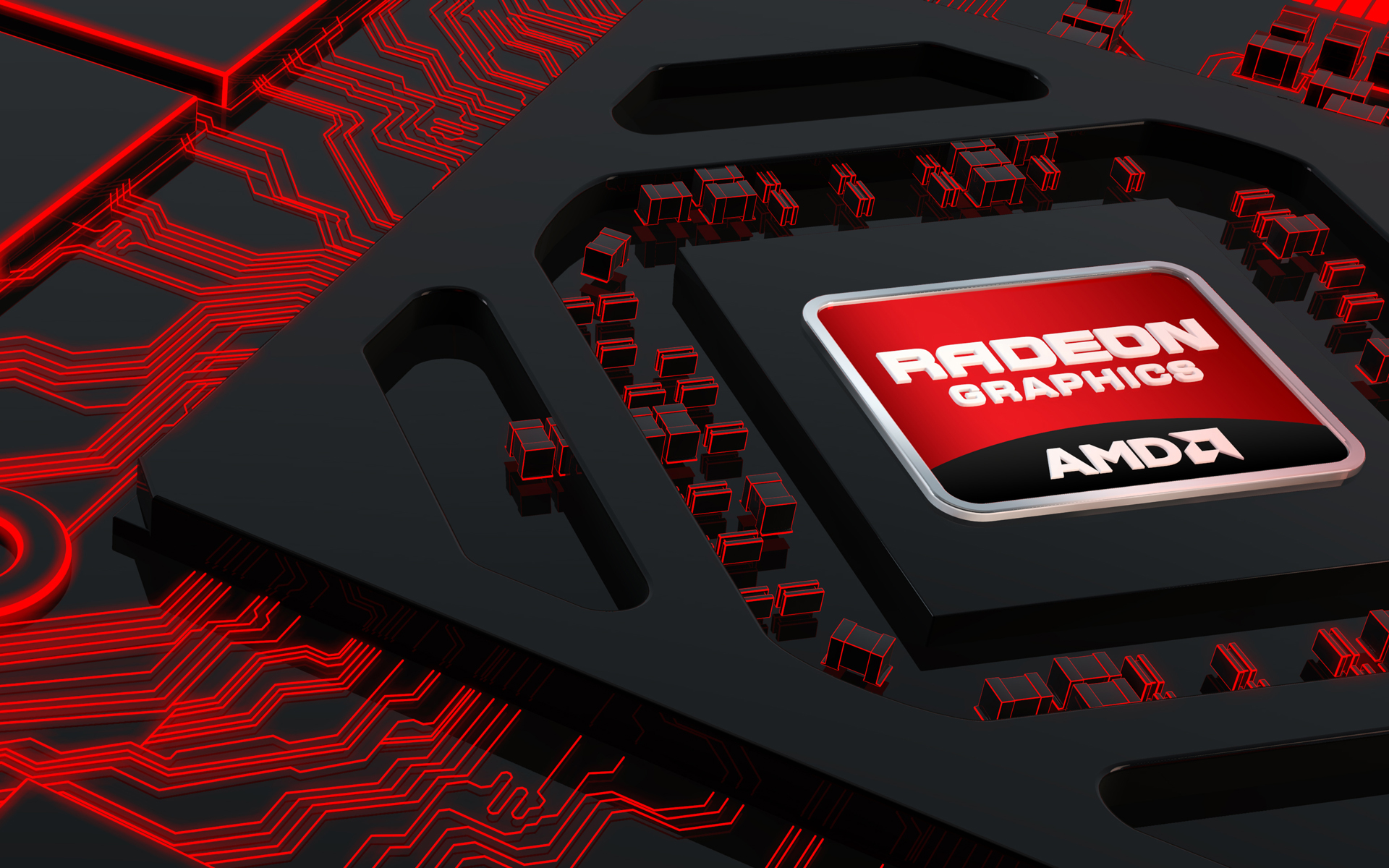Archive Post
Home / AMD
Liquid Sky To Feature Radeon GPUs When Free Service Rolls Out March 14th
AMD’s brand new Radeon Virtualized Encode platform will power the full release of LiquidSky’s cloud…
GDC 17: AMD Capsaicin & Cream Event Report
AMD held their second annual gathering of developers and press focusing on the company’s line-up…
Report: PC Hardware Sales Eclipsed $30 Billion USD In 2016
Industry analyst firm JPR recently released a report estimating that total worldwide hardware sales eclipsed…
AMD RX 480 Still In Short Supply One Month After Launch
AMD's RX 480 launched over a month ago and it appears that many potential owners…
Supposed NVidia Geforce 1060 VS Radeon 480 Benchmarks Leak Ahead of Launch
Nvidia’s latest attempt to absolutely dominate the mid-range GPU market kicks off in one week,…
Will The New Radeon 480 Fry Your Motherboard? Probably Not
AMD's latest graphics card - the Radeon 480 - promised the performance of Nvidia's previous generation near…
AMD’s $199 Radeon RX 480 Graphics Card is VR-Ready
Welp, its a good year for graphics cards. First we have the whole set of…
First Benchmark Results For Polaris Powered AMD R9 480 Appear Online
The first benchmarks have been posted for the upcoming Radeon R9 480 thanks to a…
AMD releases new dual GPU, GPU Radeon Pro Duo
AMD is coming out swinging this year. Their latest line of Radeon cards, the Fiji…
AMD Reveals Which CPUs They Recommend For Use With Oculus Rift
Owners of AMD hardware have been kept in the dark in terms of detailed specs…
AMD Announces New Processors & Motherboards To Exist Alongside Current Offerings
Advanced Micro Devices (AMD) has announced new entries in its existing line of “A Series”…
AMD Officially Announces Polaris Line of GPUs Due Out Later This Year
We’ve known for a while that AMD has been working on a new iteration of…
AMD Crimson Bug May Cause Cards To Overheat
Editor's Note: After the publication of this story it has come to our attention that…
Does AMD’s Crimson Driver Suite Really Increase Performance By 20%?
As we reported earlier this week AMD has released an elaborate overhaul of both it’s…

